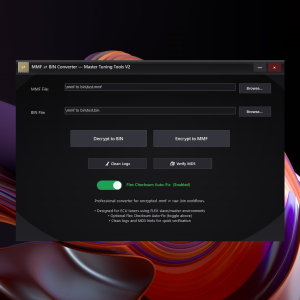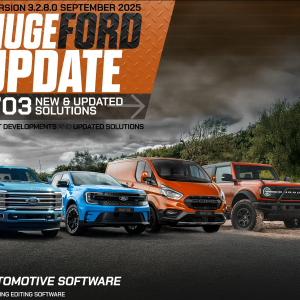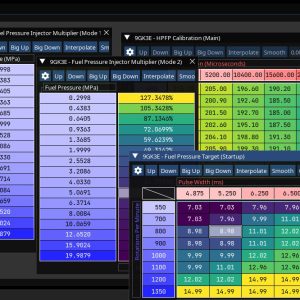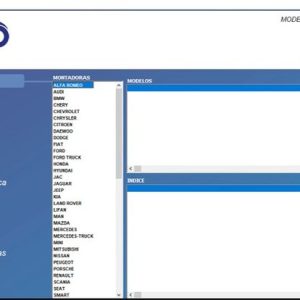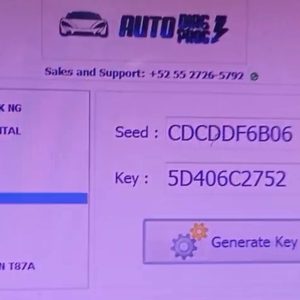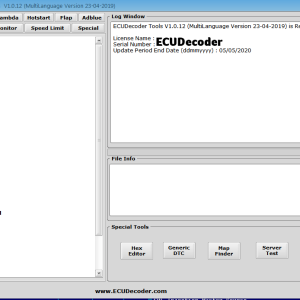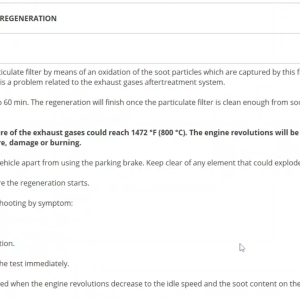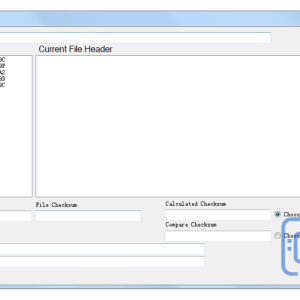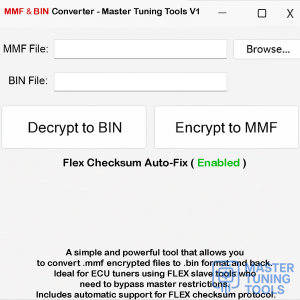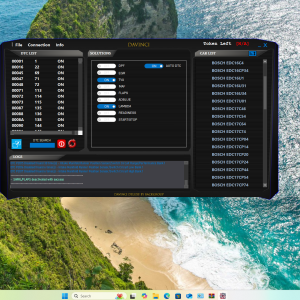
Understanding Launch Control Tuning
Launch control tuning is a critical aspect of ECU remapping that enables vehicles to achieve optimal acceleration from a standstill. This feature is particularly beneficial in motorsport and performance driving scenarios, where maximizing grip and minimizing wheel spin is essential.
What is Launch Control? ⚙️
Launch control is a system that allows drivers to set a specific RPM for optimal take-off. It manages engine power and torque to ensure the best possible launch, preventing excessive wheel spin and improving overall acceleration.
Key Benefits of Launch Control Tuning 🚗
- ➡️ Improved acceleration times
- ➡️ Enhanced traction management
- ➡️ Reduced driver error during launches
- ➡️ Consistency in performance across multiple runs
How Launch Control Works 🔧
The launch control system works by:
- ➡️ Setting a target RPM limit
- ➡️ Adjusting throttle response and fuel delivery
- ➡️ Controlling boost levels (for turbocharged engines)
By controlling these parameters, the ECU can deliver power in a way that maximizes traction while minimizing the risk of wheel spin.
Tuning Considerations ✅
When tuning launch control, consider the following:
- ➡️ Vehicle type (FWD, RWD, AWD)
- ➡️ Engine specifications and modifications
- ➡️ Tire type and condition
- ➡️ Track or road conditions
Real-World Examples of Launch Control Tuning 🛠️
Many performance vehicles come equipped with factory launch control systems, but aftermarket tuning can enhance these features significantly. For instance:
- ➡️ Volkswagen Golf R: Aftermarket tuning can adjust RPM limits and throttle response for quicker launches.
- ➡️ Subaru WRX STI: Fine-tuning boost levels can lead to improved off-the-line performance.
Tools for Launch Control Tuning 🔧
To effectively tune launch control, you will need access to:
- ➡️ ECU remapping tools (e.g., Master Tuning Tools)
- ➡️ Dyno for testing and validation
- ➡️ Diagnostic tools to monitor performance metrics
Common Mistakes to Avoid ❌
When tuning launch control, avoid these pitfalls:
- ➡️ Setting RPM limits too high, leading to excessive wheel spin.
- ➡️ Neglecting tire condition, which can affect traction.
- ➡️ Failing to test in various conditions, which can lead to inconsistent performance.
Conclusion
Launch control tuning is a powerful tool for optimizing vehicle performance. By understanding how to effectively tune this feature, mechanics and tuners can significantly enhance their vehicles’ acceleration capabilities. Always ensure that tuning is performed with precision and tested thoroughly to achieve the best results.

